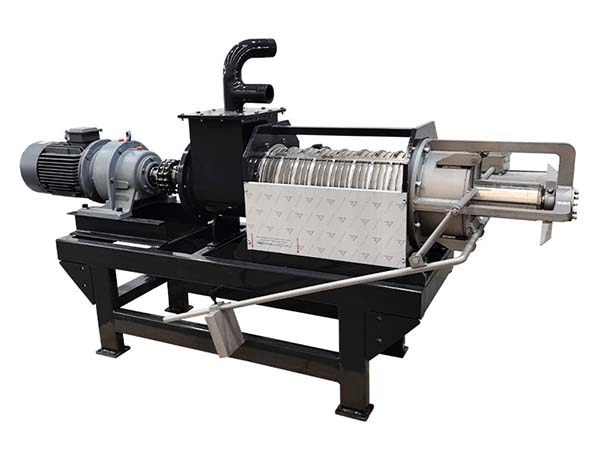10 years of experience as a food machinery equipment manufacturer
10 years of experience as a food machinery equipment manufacturer
Finding the optimal solution for industrial dewatering needs is crucial for efficient operation across numerous sectors like food processing, chemical manufacturing, mining, pulp and paper production, and wastewater treatment. Industrial Horizontal Dewatering Machines play a pivotal role in this process, separating liquid from solid materials. Understanding the best types available is the first step towards identifying your perfect match.

Several proven dewatering technologies operate on a horizontal plane, each excelling in specific applications:
Choosing the best type hinges on a thorough analysis of the application’s specific requirements. Key decision factors include:
For Voluminous Municipal or Industrial Sludge: Belt Filter Presses remain a dominant, reliable workhorse, known for robust throughput capabilities. Modern designs incorporate enhanced control systems and reduced polymer consumption.
For Demanding Dryness Targets & Energy Efficiency: Advanced Screw Press technology offers compelling results. Innovations have minimized maintenance requirements while maximizing dryness and reducing power usage, making them suitable for diverse materials from food waste to minerals.
For Consistent, Low-Vibration Processing of Challenging Materials: Rotary Press Dewaterers are frequently selected for their steady performance, producing consistently drier solids, particularly beneficial for biosolids and digestates.
The modern industrial landscape offers sophisticated horizontal dewatering solutions. There is no universally “best” machine, only the best solution for a specific material and process requirement. Investing time in understanding the characteristics of the slurry to be dewatered and defining clear objectives regarding throughput, dryness, maintenance philosophy, and energy use is paramount.
Consulting with experienced equipment manufacturers and requesting material testing services provides invaluable insights. Many manufacturers offer pilot-scale testing, allowing operators to see real-world performance data on their specific material before making a major capital investment.
Carefully evaluating the different technologies against operational priorities ensures the selected Industrial Horizontal Dewatering Machine delivers optimal results, enhancing efficiency, reducing disposal costs, and contributing to sustainable operation.
